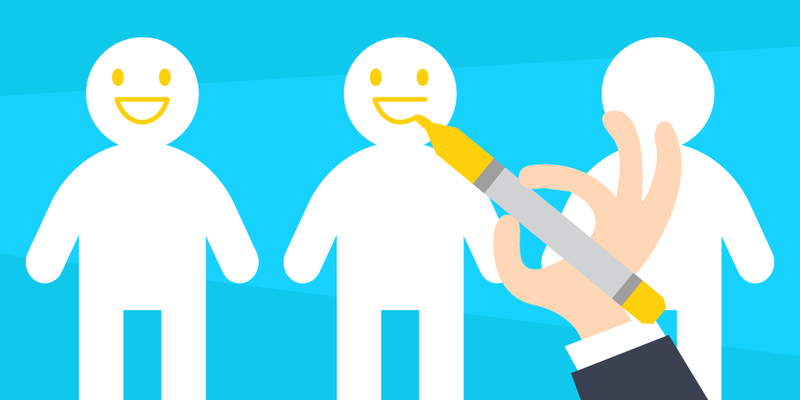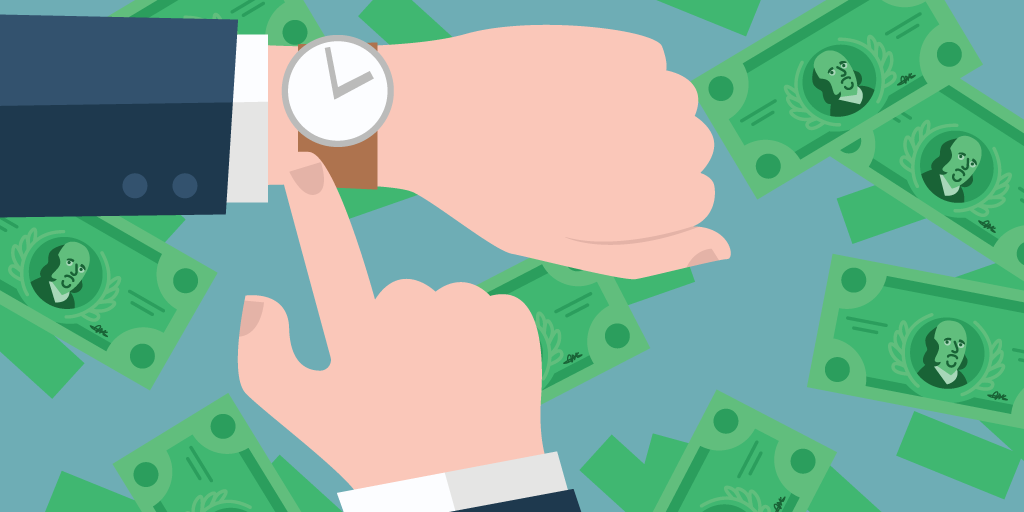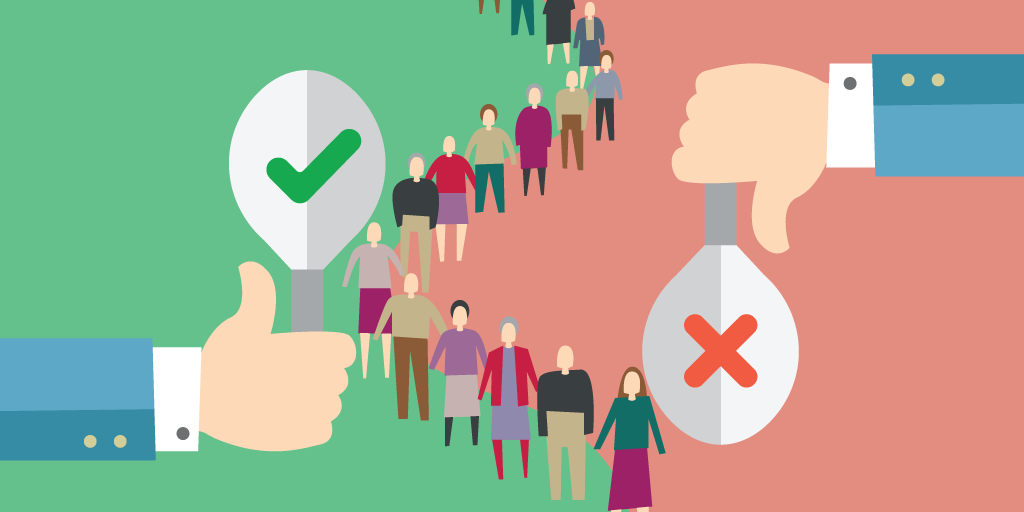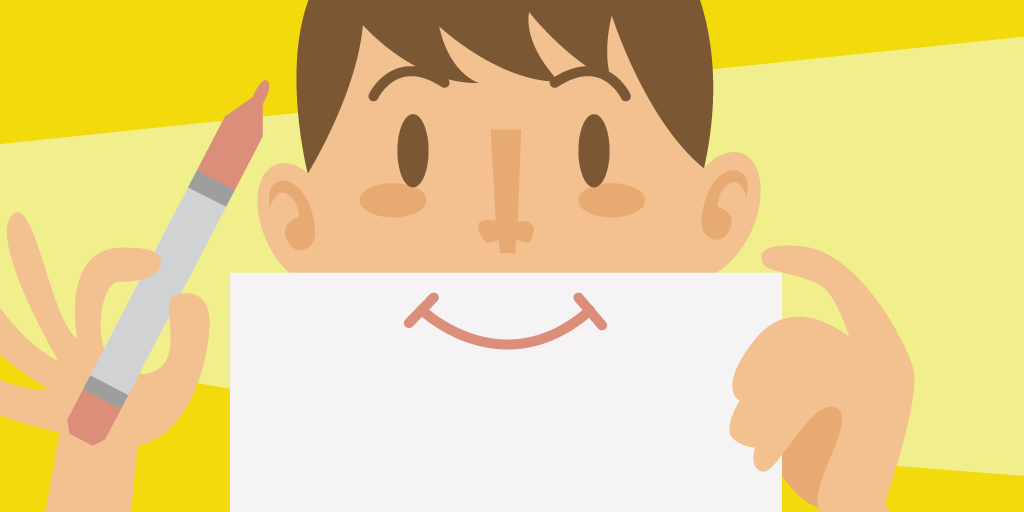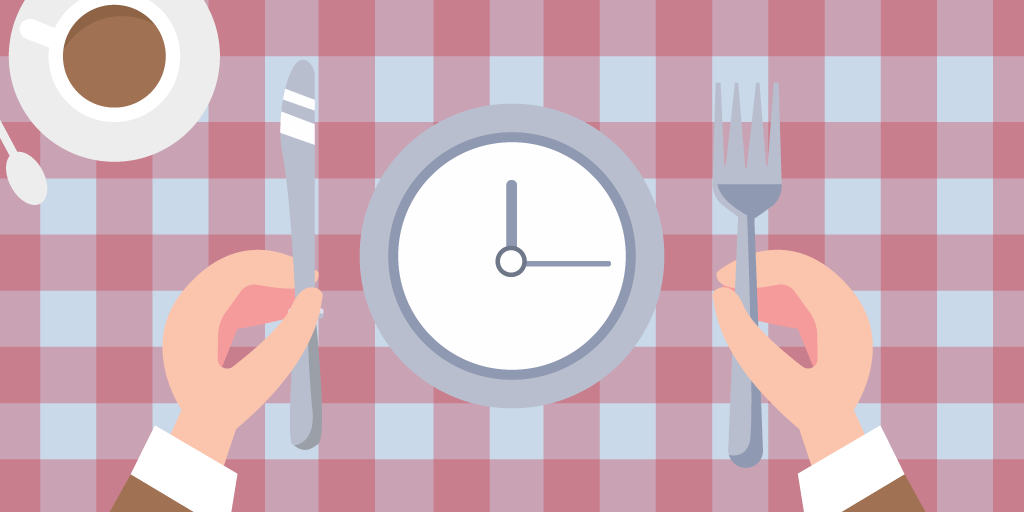Imagine you’re waiting in line and you can’t stop feeling anxious, so you keep staring at your watch. Time seems to slow down, and you feel like you’ll never get what you came for. You think, “There must be a better way!”
Well, there is!
A better queueing experience is possible. One that knows how to keep waiting customers happy. Thanks to years of research in queue management there are well-known solutions to ease the anxiety and tension of waiting in line.
In this article, we’re going to take a look at 5 easy steps to create a better waiting line experience.
(But if you're not in the mood for reading and want to leap straight into action, give Qminder a try to give your customers the queue experience they never knew they wanted.)
1. Self Sign-In Improves Queue Experience

We don’t need to wait for the future — the future is already here. And the future of queues begins with self sign-in terminals.
A future without waiting in line.
Yes, you read that correctly. How to make waiting in line better begins by changing what we understand by the word “line.” It doesn’t have to mean hover between two poles connected by red felt impatiently waiting to meet an employee.
No, no. Thanks to queue management systems (QMS) customers can wait in line and still have their free time.
How Does It Work?
Self sign-in does away with outdated systems of queue management. Instead of taking a ticket — which is an inefficient way to form a queue — customers add their name to a digital roster.
Let’s back up a bit and illustrate.
A customer walks into a store, and they navigate to a digital kiosk — conveniently located near the front entrance — and type in their name. Once they’re finished, employees are automatically notified of the customer’s arrival, and the customer’s name is added to a digital queue.
Customers can see where they are in the queue thanks to digital signage (aka HDTVs) located on the walls, which tell Susy that it will be her turn after Larry’s.
A Convenient Solution for Everyone
Self sign-in promotes fairness, which is the main principle behind keeping waiting customers happy — first come, first serve. If a client needs immediate help (such as in a healthcare facility), QMS bumps that person to the front so they get the help they need.
Not only does self sign-in free customers from standing in line, it also frees employee’s time.
Frontend employees don’t have to spend time signing in customers and manually organizing the queue. QMS takes care of the whole process for them.
Instead of managing customer’s place in line, employees are free to work on what counts: making the customer experience the best possible experience it can be.
2. Digital Signage to Inform About Wait Times
What’s the easiest way to take someone’s mind off queues? It’s simpler than you might think: Entertain your customers.
Yes, entertaining your customers is the easiest means of transforming queues from unbearable annoyances to tolerable intervals.
Remember, Americans spend an average of 37 billion hours a year waiting in line. It’s your job to turn this tedium into entertainment.
Some companies have even mastered the art of entertainment queues.
Great Queue Experience, the Disney Way

Where else but Disney World can you see a live act while waiting in line for a ride? What started as a game of patience becomes its own entertainment.
Not every store can hire costumed characters to entertain families. Nor do they have to.
Digital signage is the simplest means of entertaining customers. By “digital signage” I mean flat screen television attached to the wall. If you’ve ever walked into a restaurant or sports bar you’re sure to have seen many of them.
And businesses don’t have to air programming, as some airlines like United do.
They can use those screens to display the latest deals in their store, or perhaps prompt customers to leave feedback about their experience that day through social media.
Digital signage can be utilized in innovative and creative ways. Fundamentally, they’re all about drawing customer’s eyes. So long as customers are distracted their minds aren’t glued to the queue. This is why many businesses are using digital signage to improve waitlines, turning a dull wait into a more engaging and less stressful experience.
3. In-Store Merchandise to Make Waiting Tolerable

We’re continuing our motto from the last section: entertain your customers. But there are more ways to distract your customers with entertainment than televisions. One that can even increase profits.
Entertain your customers with in-store merchandise.
In-queue merchandising is a last minute chance to entice customers to make a purchase: an impulse purchase.
Impulse Purchases
Did you know that 40% of customers end up spending more money than they planned to when they go shopping? That’s nearly every other person in line.
Answering, “How to make waiting in line better?” is as simple as installing merchandise on the queue.
Instead of looking at the back of the head of the person in front of them customer’s, eyes are drawn to colorful and enticing items. Maybe an electronics store keeps USBs, fidget spinners, and keyboard wipes at the aisle. Little convenience items that have practical value.
Instead of tedious waiting, the line is transformed into an opportunistic avenue for an additional purchase.
4. Personal Approach to Queue Experience

One of the easiest ways to mitigate the arduousness of waiting in line is for businesses to deliver an exceptional customer experience. That means a personal touch.
91% of Americans say that customer service is important to them when they decide where to shop. And they spend 9% more with those companies that go the extra mile.
Customers can tolerate waiting in line when the rest of their journey through the store is pleasant.
How to Go the Extra Mile
Going the extra mile is easier than you might think:
Use customer’s first names.
Establish a logical layout for your store.
Understand your customer’s through data.
A personal approach starts with a company culture that places customer experience at its heart and then develops a strategy to meet customer’s needs. When every aspect of a business prioritizes the customer it can’t help but deliver a personal touch.
And a personal touch knows how to keep waiting customers happy.
Instead of transactions with customers, businesses forge a relationship with their community. And customers don’t mind waiting on line when their working with their neighbors.
5. Better Waiting Experience With Analytics

The best way to manage a line — to create a better waiting line experience — is to understand the line. How do you do that?
With data.
Data, like footfall analytics, gives businesses a sweeping picture of traffic in their store. That means knowing how customers travel through the store, busiest times of day, and what items customers frequently buy together.
It offers powerful insights into customer’s behavior on queue, and whether or not a business’s strategy is working.
So, what are the nitty gritty details about that analytics reveals?
What Data Says About Queues
For one, analytics tells us whether or not a line is efficient. You may discover that an overwhelming number of customers drop out of the queue, or don’t bother waiting in line. That points to a problem with the queue itself.
Maybe instead of having multiple lines attached to multiple registers, the data indicates its time to adopt a single efficient serpentine line.
And analytics will reveal what the busiest times of day are. Now, you may think “I know when my store is busy.” But, intuition can lead us astray, as the Helsinki Shopping Mall quickly learned after adopting a queue management solution.
Analytics isn’t just data to be collected and stored in a cloud. Businesses who succeed use data to improve the customer experience — all aspects of it, especially the queue.
Creating a better waiting line experience is easier said than done. Although, with the right tools, implementing a strategy is easier.
And the best tool for doing so is a queue management system like Qminder. You can discover how Qminder can help your business create a better waiting line experience by trying it for free, for two weeks. You don’t need a credit card to sign-up.
Give Qminder a try and learn how to manage a queue that understand how to keep waiting customers happy.

